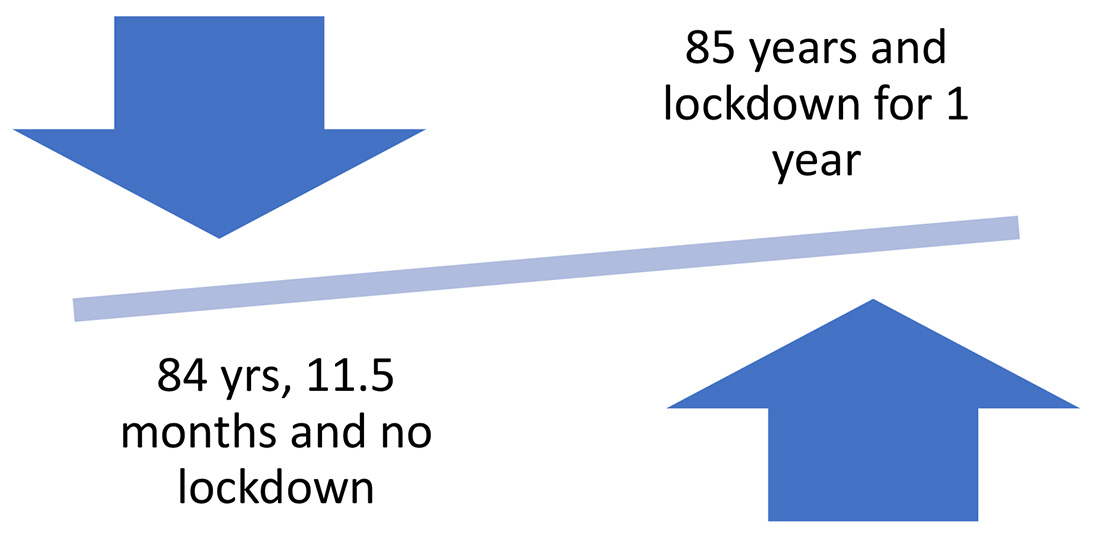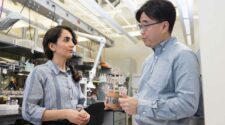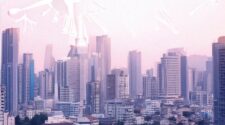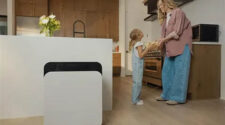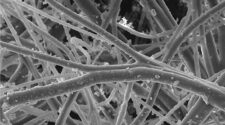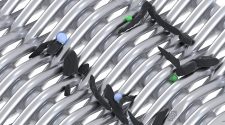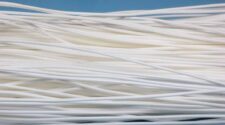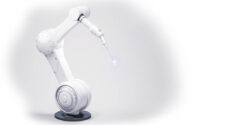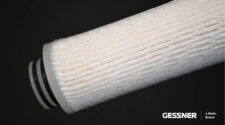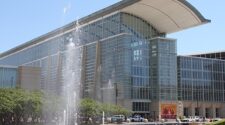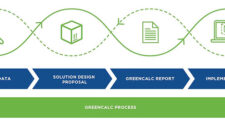There are new measurement tools to select filters, as well as new holistic concepts which obsolesce traditional individual selection methods. There are also new measurement needs.
Measurement Tools: The COVID-19 pandemic has created a major controversy over life quantity vs life quality. It is likely that filtration selection will be permanently impacted by the efforts to find common ground in this dispute.
This series of articles on true cost has been narrow in scope, e.g., the cost of filtering out all the particles of a certain size, including the initial investment, operating cost, and maintenance in order to obtain the true cost of a technology investment.
But in terms of public health, it is desirable to expand the scope of “true cost” to include the total impact on life quality. Instead of just comparing costs for MERV 13 HVAC filters, we need to expand the analysis to include a range of filter efficiencies. We need to consider a range of mask protocols – from no mask to highly efficient masks.
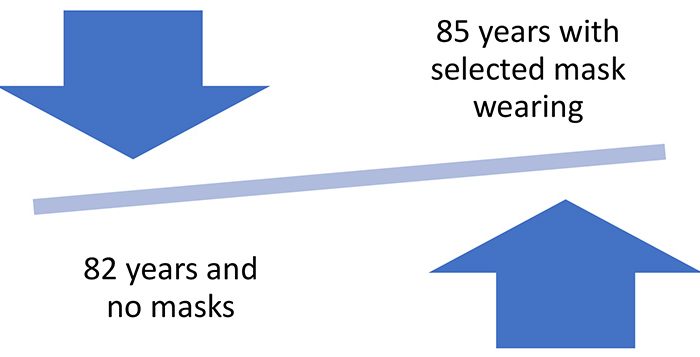
The medical community has used Quality Adjusted Life Years (QALY) as a cost metric to determine the true cost of options. But this metric focuses on length of life and not quality of life. McIlvaine created Quality Enhanced Life Days (QELD) as a better metric to determine true cost. A lockdown reduces QELD, even though it may increase QALY.
How many days of your life would you give up in order to avoid being locked down for a year? Most people would choose to live to 84 years 11.5 months and avoid a year of lockdowns rather than to 85 years having undergone a year of lockdowns.
Relative to masks the stakes are larger. If you combine mask protection during the remainder of the pandemic plus selected use in the future in crowded spaces, when air pollution is high, the difference could be three years.
Robert De Niro and other celebrities are promoting the Well Health safety seal for buildings, which includes air and water as well as other life quality impacts.
More efficient filters will protect against viruses but also indoor air pollutants. These examples are simplified to display years. But they represent equivalent Quality Enhanced Life Years. Someone who is sick not only reduces his/her own life quality but that of those who must take care of him/her or depend upon him/her.
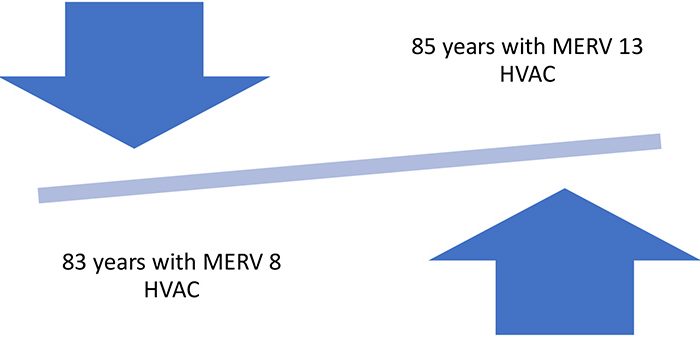
The water for a building can come from desalination or from diversion of water from the Colorado or other rivers. Desalination creates CO2 through the energy consumed. Water diversion is a loss of water. QELD can be used to evaluate the options.
There is a controversy on single-use vs reusable surgical gowns. Single use generates CO2 at the point of manufacture. Washing gowns generates water pollution, which may impact hospital clients.
This decision brings in to play two additional metrics. One is tribal values. The hospital has to make a choice of whether to benefit people living along the equator or hospital clients. A second metric is discounted future value. The CO2 emissions are likely to cause harm 50 years from now whereas the water pollution harm is immediate.
Holistic Filtration Solutions: The pandemic has created holistic approaches which combine masks, HVAC, and local room air purifiers. It has also demonstrated the value of Concentrated Contaminant Capture (CCC). Capturing the contaminant at the source is the most cost-effective approach.
It is now recognized that much more emphasis should be spent on more efficient masks. COVID flows as does perfume or cigarette smoke. Effective masks are 70 times more protective than the common cloth masks. MERV 8 filters and effective masks are going to be better than HEPA filters and cloth masks. Fan filter units provide concentrated pure air where it is needed the most. So concentrated pure air delivery where it is needed is another important concept.
The holistic concept should be applied to buildings but also to communities and to regions. There are now monitors which measure individual toxic metals. Citizens of St. Louis assumed they were safe because of the low PM 2.5 levels. but depending on the wind direction the amount of ambient lead can exceed safe limits.
The city therefore has to be part of a regional initiative. Nathaniel Nance of AAF recommends a holistic approach within the city to include wind patterns between groups of buildings. Mann + Hummel supplies Filter Cubes at traffic intersections and filters to capture dust caused by automotive braking.
The Well Health seal for buildings is valuable as a guide; but the concept of a “safe bubble” provides a higher level of protection. If everyone entering a building is properly masked. If there is adequate ventilation and efficient filters, the building conditions can be continuously monitored, and visitors assured that they are safe.
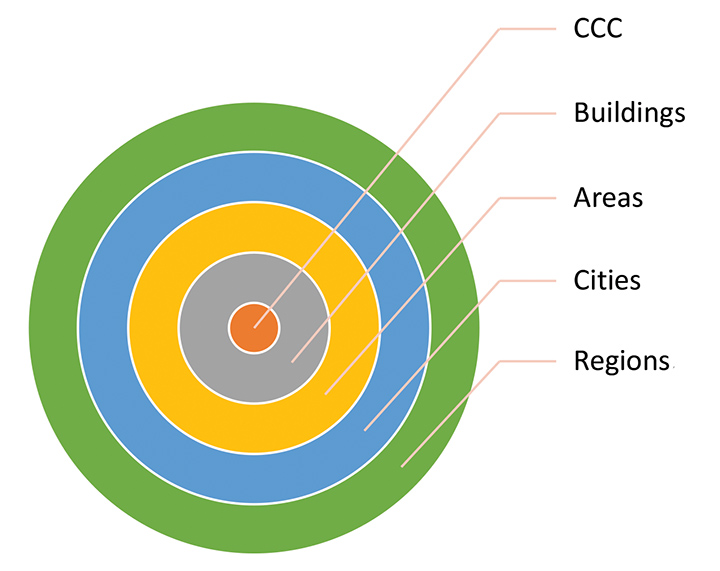
Measurement Needs: New low-cost ambient instruments to measure toxic metals should be widely applied. Some metals are 100,000 times more toxic than others. Reliance solely on total PM 2.5 is no longer necessary with the new instruments.
The coronavirus is 0.1 microns in diameter. It is expelled from the lungs in droplets which may find a temporary home on the inside of a mask or the inlet side of the HVAC filter. The droplet either splits or evaporates leaving salts or fomite. The original droplet size can be large whereas split droplets or fomite can be quite small.
This phenomenon raises a fundamental question as to whether virus capture is permanent or temporary. If in fact it is temporary then the focus should be on capturing sub-micron particles rather than those three microns and higher. If the virus capture is temporary, are the viruses inactivated by their temporary stop?
A similar activation question needs to be asked about COVID which travels long distances attached to air pollution particles. A related question is what happens to the 7.5 million particles per minute breathed in by an individual in normal room air (ISO 9)?
Mask filter efficiency along with resistance are combined to provide the primary guidance in the new ASTM mask standards. Mask resistance increases as the square of the velocity increase. If more filter area is added to the mask the resistance will be considerably lowered. So, we need measurement standards to incentivize mask suppliers to maximize filter area.
ASTM has done its best to address mask fit in the standard but there are too many variables. Expert evaluation is needed. Since faces differ and masks differ it is necessary to develop tests which not only take into account the actual initial in leakage but some way to evaluate fit over time. There is a mobile phone application which could potentially make determinations based on the actual picture of a person wearing a mask. This measurement would be much more valuable than temperature checks.
If we take advantage of new measurement tools, pursue holistic filtration solutions and continue to address measurement needs the filtration industry will expand its very important role.
For more information on McIlvaine’s “Coronavirus Technology Solutions” report, see http://bit.ly/mcilvaine-coronavirus-database.


